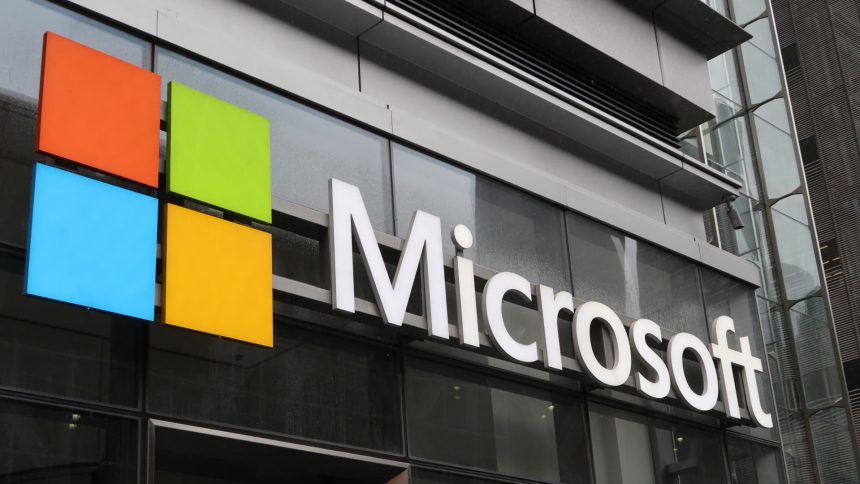Microsoft Windows just hit a major milestone — its 40th birthday.
On Nov. 10, 1983, Microsoft unveiled the first version of Windows. It was an extension of the software company’s MS-DOS operating system for personal computers, which were just beginning to gain popularity in the 80s.
This iteration of Windows was a graphical user interface that had early versions of features we would recognize today, like drop-down menus, the ability to run multiple applications at once and the ability to use a mouse to click and open electronic files.
But this version of Windows wasn’t nearly as ubiquitous as the software is currently. Consumers weren’t able to purchase it until two years later in 1985. It cost $100 and only sold around 500,000 copies, according to Time.
Fast forward to today and over a billion people now use Windows, Microsoft reported in May.
How much an investment in Microsoft is worth
Microsoft stock first went public on March 13, 1986 at $21 per share. By the end of the trading day, the price had risen to $28 per share.
Now, the price is nearly 13 times higher, closing at $360.69 on Nov. 9. Shares are up about 50% year to date.
If you had invested $1,000 in Microsoft one, five or 10 years ago, here’s how much your money would be worth now. CNBC’s calculations are based on the company’s Nov. 9 closing share price of $360.69.
- If you had invested $1,000 in Microsoft a year ago, your investment would have grown by about 57% and be worth around $1,592 as of Nov. 9.
- If you had put $1,000 in Microsoft five years ago, your investment would have more than tripled in value to $3,408 as of Nov. 9.
- If you had invested $1,000 in Microsoft 10 years ago, it would have soared in value by more than 854% to $11,400 as of Nov. 9.
And if you had been able to purchase $1,000 worth of Microsoft stock when the company went public 37 years ago, your investment would be worth an eye-watering $5,959,744 as of Nov. 9, according to CNBC’s calculations.
Before investing, do your due diligence
Remember, any company’s current performance shouldn’t be used to predict how well it may do in the future. The stock market can be fickle and share prices can fluctuate or drop due to many unpredictable factors.
Instead of attempting to select individual stocks, financial experts recommend most people take a more hands-off approach, such as buying an index mutual fund or exchange-traded fund.
These types of funds aim to mimic a market index like the S&P 500, which tracks how well around 500 large, publicly traded companies are performing.
With this strategy, you’re essentially buying a basket of stocks, spreading your investment across a wide variety of companies and industries. This can be a low-cost way for investors to easily diversify their portfolios and gain exposure to some of the country’s top performing companies, including Microsoft, Apple and Amazon.
As of Nov. 9, the S&P 500 is up about 13% compared with 12 months ago, according to CNBC’s calculations. Since 2018, the index has grown by around 55%, ballooned by 145% since 2013 and skyrocketed by 1,764% since 1986.
DON’T MISS: Want to be smarter and more successful with your money, work & life? Sign up for our new newsletter!
Get CNBC’s free Warren Buffett Guide to Investing, which distills the billionaire’s No. 1 best piece of advice for regular investors, do’s and don’ts, and three key investing principles into a clear and simple guidebook.
CHECK OUT: The No. 1 ‘hidden’ skill behind billionaire Bill Gates’ success—it works ‘in any field,’ says psychology expert
Read the full article here




